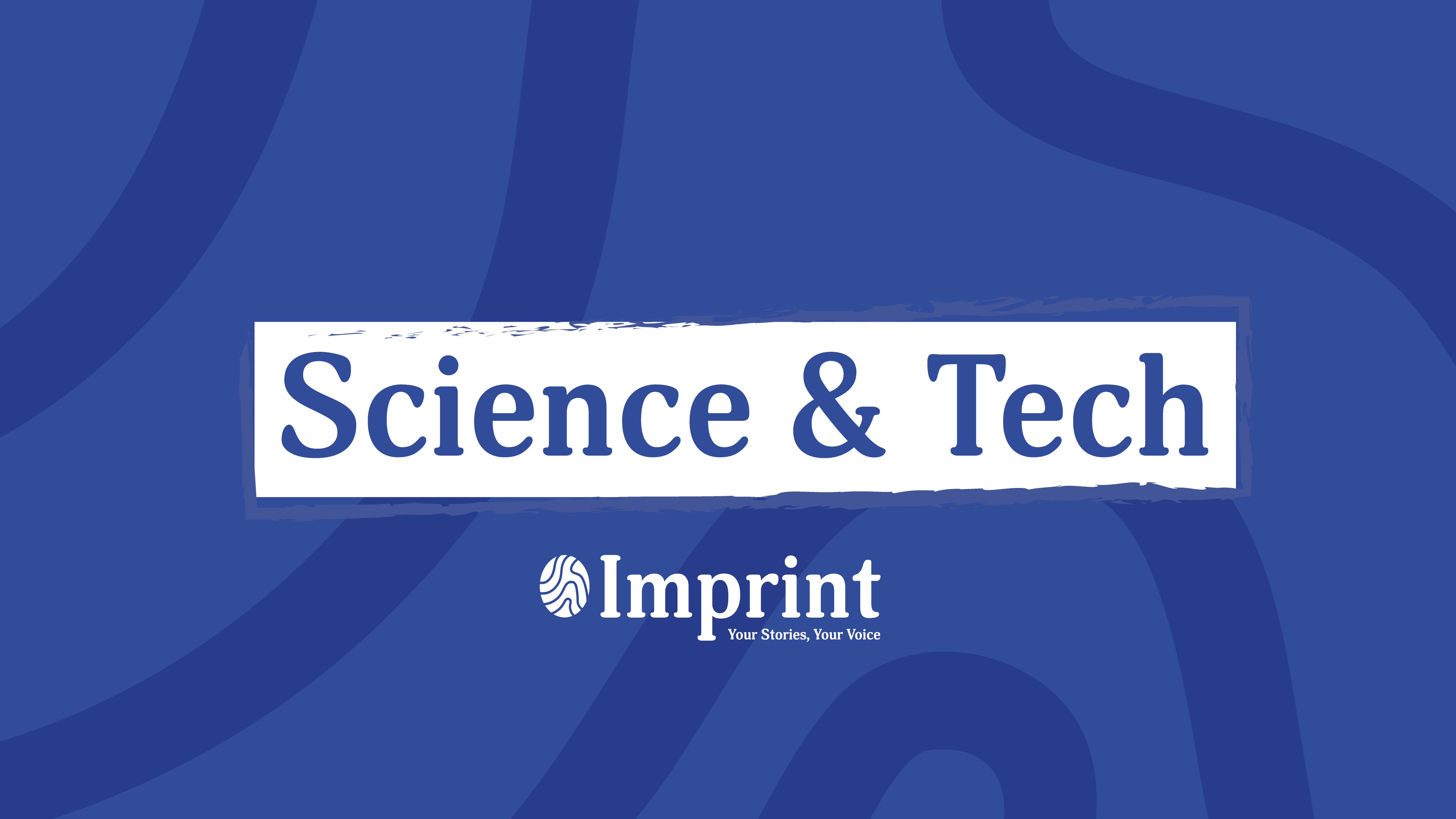A Q&A with nanotechnology engineers
| January 19, 2024
Nanotechnology can be an unfamiliar area of science for many. To help understand exactly what it does, mathematics and communication students in COMMST 225 Interviewing formulated some questions, and the nanoengineering section of COMMST 223 Public Speaking is here with the answers. Though it is largely depicted in pop culture as super-suit magic, nanotechnology impacts many areas of daily life from medicine to construction to the clothes we put on our backs — and here’s how.
How does nanotechnology and nanoparticles contribute to safe drug delivery?
Nanotechnology contributes to safe drug delivery in various ways. Let’s look at how nanofluids and nanocellulose help to do this.
Nanofluids in drug delivery
In order to accurately deliver drugs to target cells, magnetic nanoparticles are inserted into the blood and guide the blood through an external magnetic field. Nanofluids can transport very small particles to a select location in the body. The tumour would absorb the drug due to the concentrated magnetic pull. For example, in cancer treatment, the nanofluid allows the drug to be targeted to cancer cells without harming other organs.
Nanocellulose in drug delivery
Nanocellulose is a smaller version of the thick, fibrous biomaterial cellulose found in plants. Because it is fibrous it can absorb liquids easily, and its natural composition makes it relatively compatible with our bodies. Biocompatibility is very important if the body is to effectively absorb medicines or drugs which are made of unnatural compounds. Therefore, nanocellulose can be used in creating a capsule or container for the drug during the delivery process, allowing the drug to pass through barriers that non-biomaterial medicine cannot, and directly target the tumours. Think of nanocellulose as mimicking a physical medicine pill. Its smaller size helps ensure that only cancerous cells are targeted, and its higher compatibility allows for better absorption.
Control and accuracy of dosage
In addition to controlling the location, scientists also need to control the time frame over which drugs are delivered. If you deliver the drug all at once or to vulnerable parts of the body, you risk overdosing and causing side effects. If the drug runs out too early, you might miss out on the benefits of the drug or you may need to administer the drug more often.
Nanotechnology ultimately helps scientists develop drugs that can be delivered with more accuracy and time control. This leads to lower chances of overdose and less overdoses overall, which improves safety.
How do nanoengineers create structures on such a small scale?
The process of creating nanostructures requires a very controlled environment and can be done in two ways. The first method involves removing material from the original structure either physically or chemically, while the second method involves building the desired nanostructure from smaller components.
In the first method, X-rays, light, or heat is used to carve out the material by selective exposure until the desired structure is achieved. However, when cutting down nanostructures from larger materials, a lot of waste is generated.
The second method of building the nanostructure from its smaller components is more expensive, but less wasteful. An example of this second method is electrically-induced nanopatterning where voltage is applied across a set of particles or molecules, causing the particles or molecules to arrange in desired patterns.
How is nanotechnology used to improve the quality of everyday products?
Nanotechnology requires working with materials at the nanoscale, which is incredibly small. When applied to everyday products, it can significantly enhance materials’ efficiency and durability, especially since tiny particles often have unique properties compared to larger ones. By manipulating these particles we can make materials stronger, lighter, and more resistant to wear and tear.
Clothing is one everyday item that can be enhanced with nanotechnology. Fabric nanoscale coatings can be water-resistant, stain-resistant, and even antimicrobial (this means your socks can repel spills and stay fresher for longer).
In electronics, many tiny components improve the quality of the images on our screens, help batteries last longer, and make software run faster. Smaller and more efficient electronic parts, like those found in smartphones and computers, exist thanks to nanotechnology — making them not only more powerful but also more portable.
Nanomaterials are used in food packaging to create stronger and more lightweight products which are more easily recycled and can preserve the freshness of food for a longer time. Additionally, sunscreens often contain nanoparticles that provide better UV protection without leaving a white layer on the skin.
Nanofillers are another great example of how nanotechnology can create more durable materials. Nanoparticles can be added as fillers to the synthetic molecules (called polymers) that are used as building blocks to make the materials. For example, adding graphene to a polymer can increase the toughness and thermal conductivity of the material, and so it is often used in the aerospace industry to create components that can withstand the harsh environment of space, as well as the rapid heating during takeoff.
Nanocomposites can help make materials like cement more durable. They act like a matrix layer of nano-sized carbon tubes over regular cement that provide a stronger structure.
Has nanotechnology been used in improving the quality of batteries, particularly for electric vehicles?
Nanotechnology reduces the size of batteries while often improving their efficiency and overall energy capacity. This is achieved through the use of special nanomaterials that improve energy storage and allow faster recharge times.
Further research in nanotechnology for batteries has the potential to enhance the safety of battery technology by replacing liquid acidic chemical compounds with solid materials that are more renewable and less toxic. An example of this innovation is the lithium-ion battery. These batteries were the beginning of the new wave of batteries which ended the use of the hazardous lead-acid battery.
Lithium-ion batteries are used in most electric vehicles. Consumers can expect extended driving times and faster charging for batteries, along with other environmental and public health considerations. By integrating nanomaterials into these batteries, electric vehicle users will have more efficient and environmentally-friendly vehicles.
Nanotechnology allows us to engineer materials with precision, unlocking potential improvements in things like clothing, electronics, packaging, concrete, and more! Whenever you see products labeled “nano-enhanced” or “nano-engineered,” just know that small-scale science is at work here.
With coordination from Jennifer Reddock.





